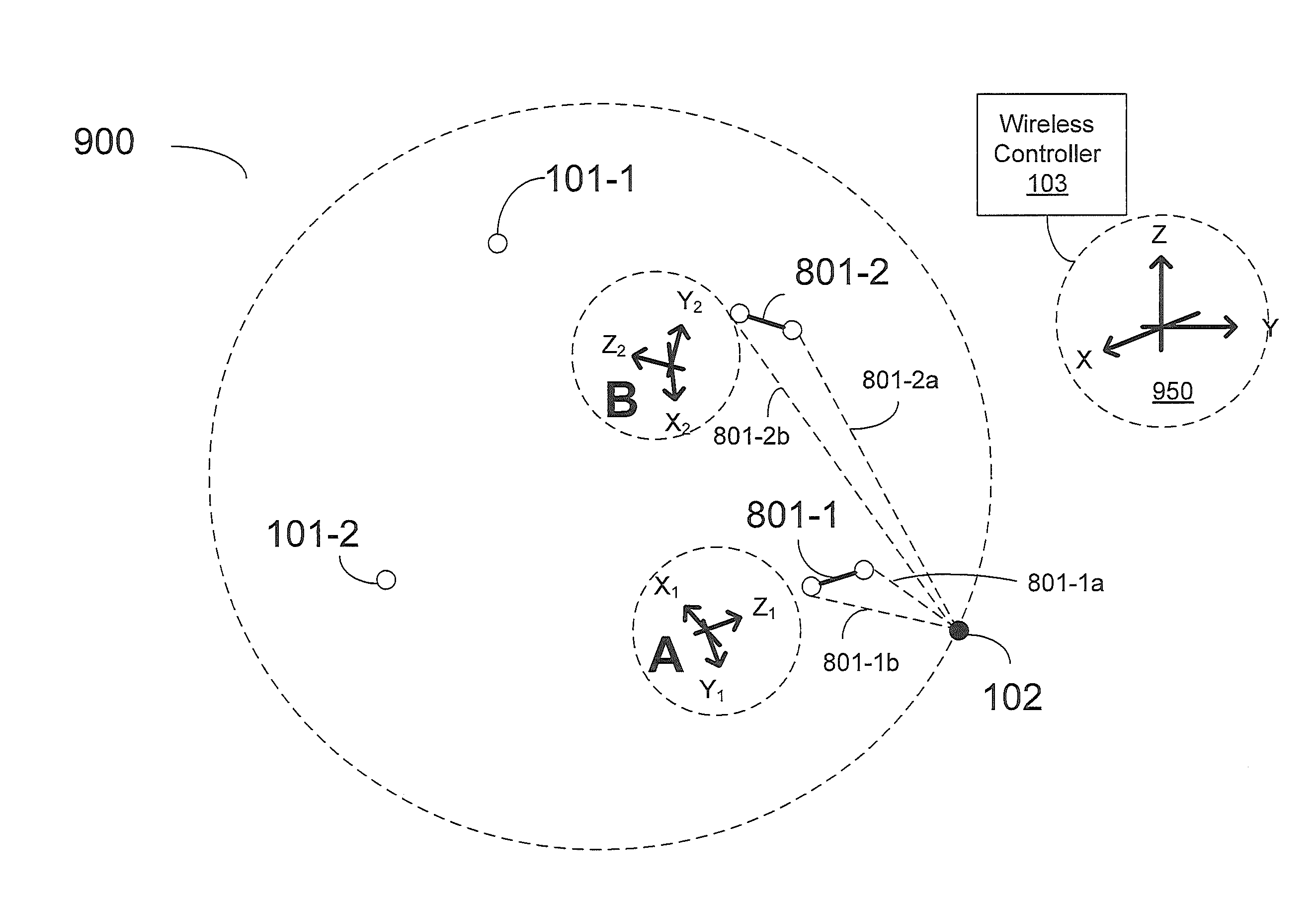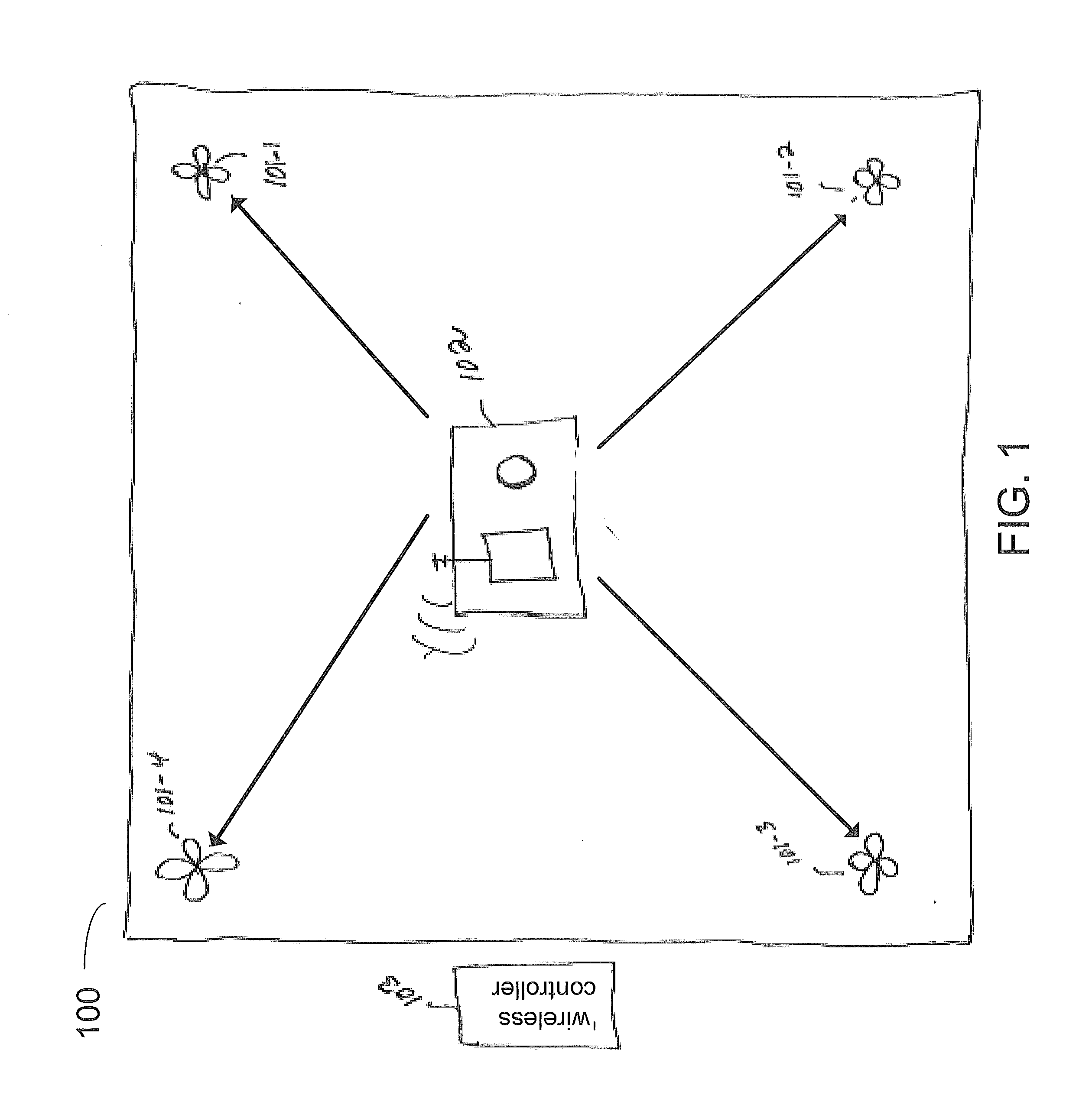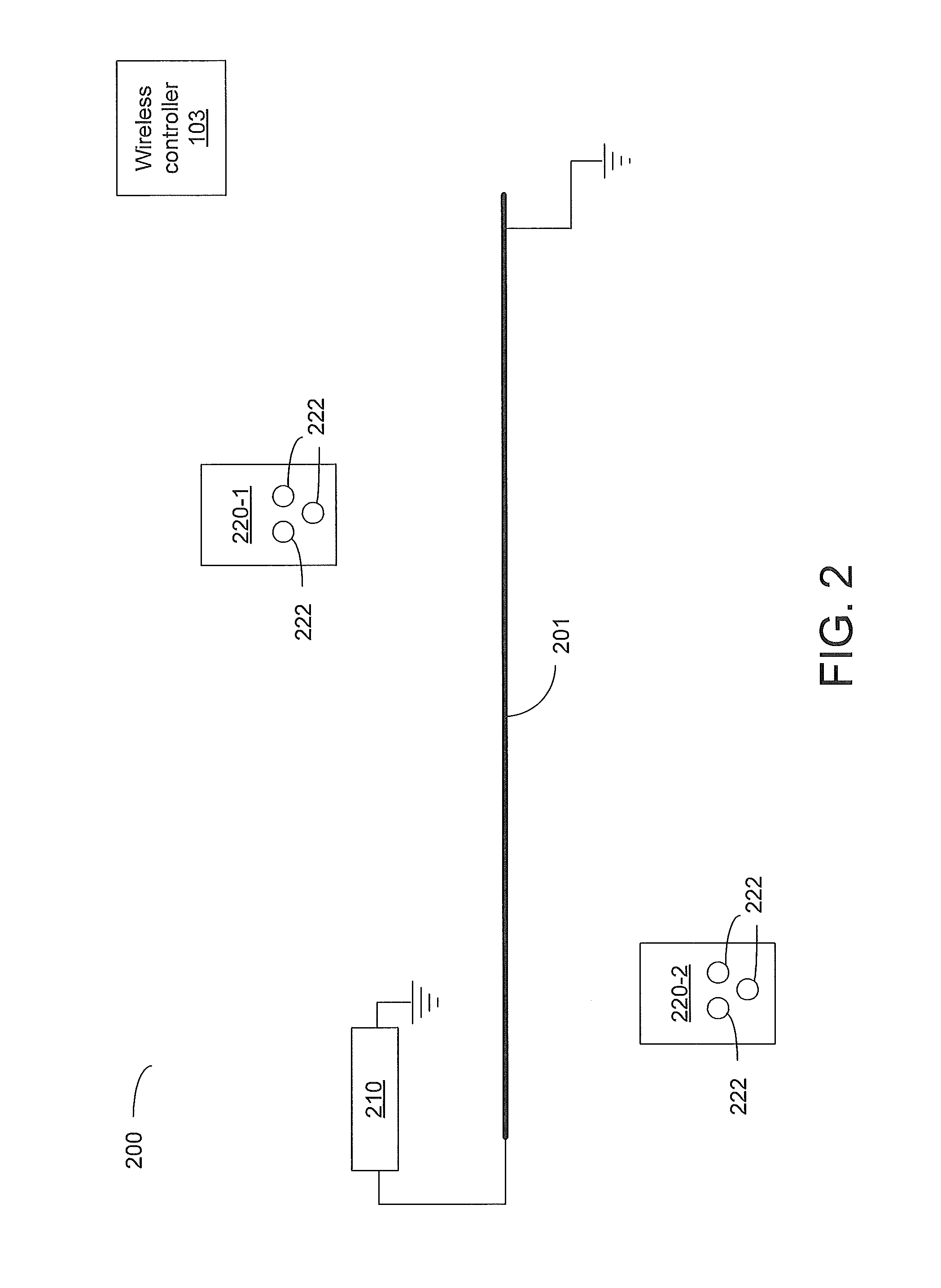Precise positioning using a distributed sensor network
a distributed sensor network and precise positioning technology, applied in direction finders, direction finders using radio waves, instruments, etc., can solve the problems of poor accuracy, difficult locating, and precise positioning of underground infrastructur
- Summary
- Abstract
- Description
- Claims
- Application Information
AI Technical Summary
Benefits of technology
Problems solved by technology
Method used
Image
Examples
Embodiment Construction
[0026]Precise location technology is based on the optimization of data from many sensors against a physical model of the magnetic field expected from a utility line or dipole antenna. The method eliminates the need to bring the measurement equipment to specific points related to the utility cable or pipe in order to validate position. Legacy instruments find the “peak” or “null” in the signal in order to confirm pipeline or cable position. Using the precise location method, the equipment need only be in the approximate vicinity to calculate position with corresponding confidence bounds. Using three-dimensional (3-d) magnetic field sensors, a triaxial accelerometer and digital compass, the method identifies the offset, depth, range, current, and yaw angle to the underground utility regardless of its position in the radiated field. In combination with a professional global navigation satellite system (GNSS), the utility position can be automatically geo-referenced in real-time, even w...
PUM
 Login to View More
Login to View More Abstract
Description
Claims
Application Information
 Login to View More
Login to View More - R&D
- Intellectual Property
- Life Sciences
- Materials
- Tech Scout
- Unparalleled Data Quality
- Higher Quality Content
- 60% Fewer Hallucinations
Browse by: Latest US Patents, China's latest patents, Technical Efficacy Thesaurus, Application Domain, Technology Topic, Popular Technical Reports.
© 2025 PatSnap. All rights reserved.Legal|Privacy policy|Modern Slavery Act Transparency Statement|Sitemap|About US| Contact US: help@patsnap.com



